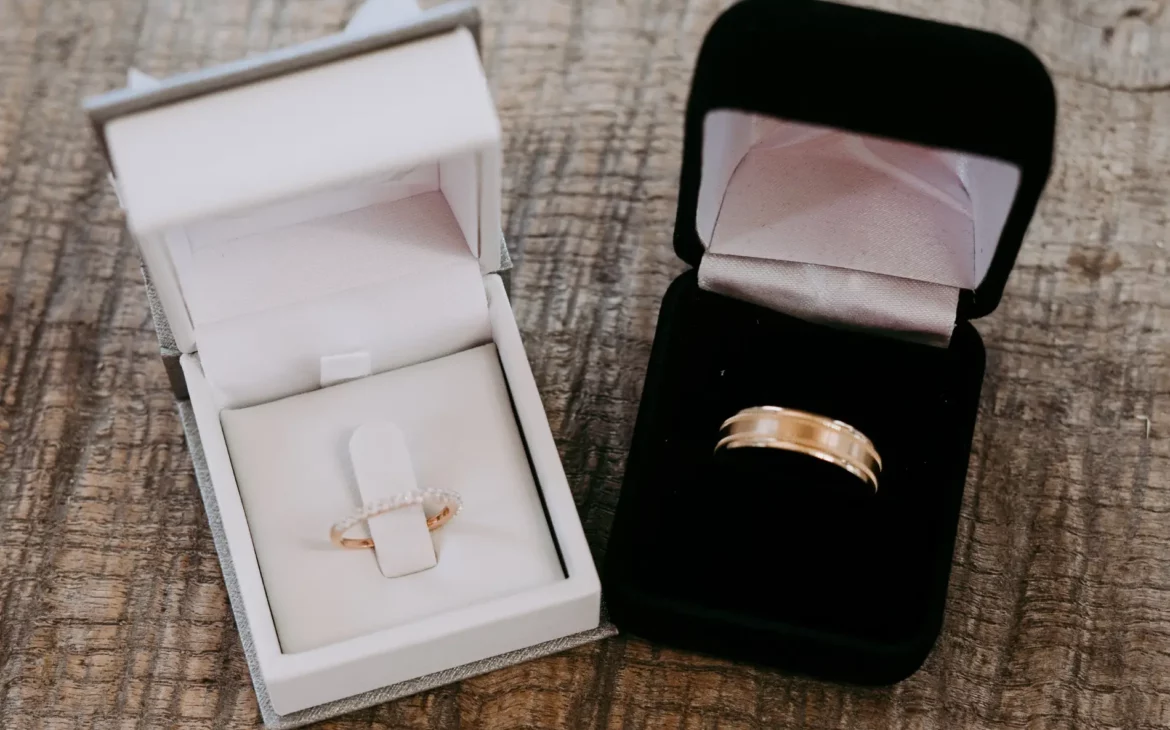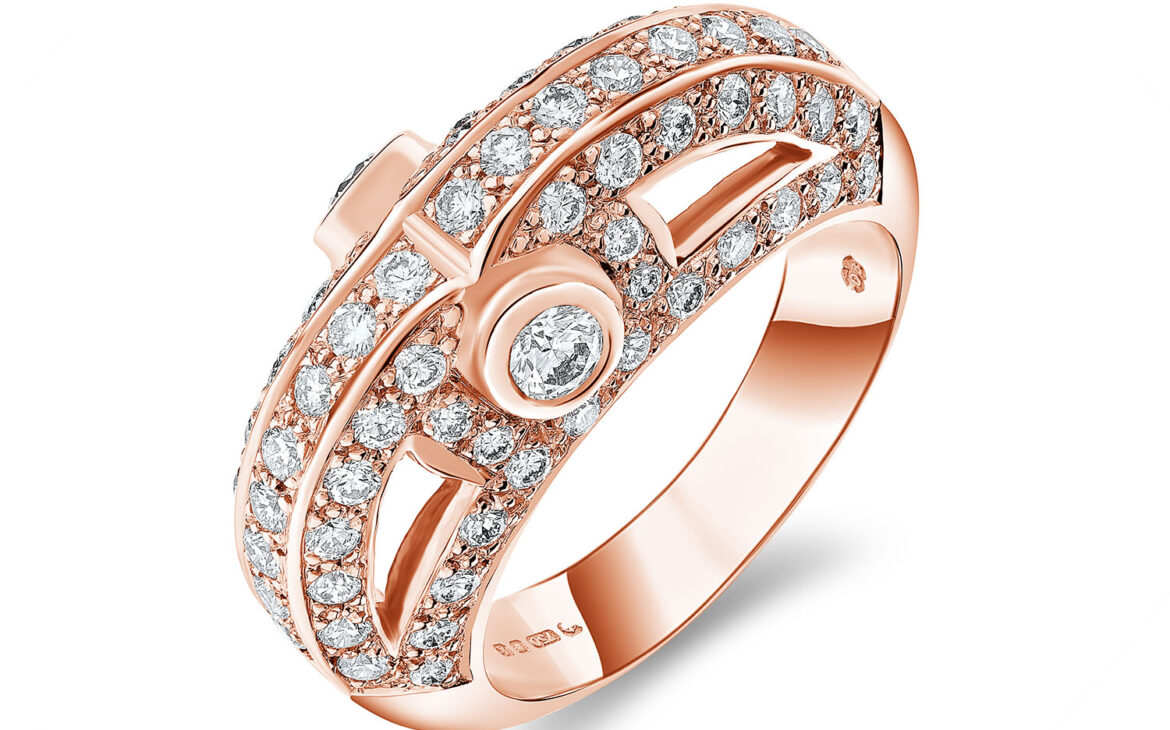
Jewellery pieces can be one of the most challenging subjects to photograph for many jewellery photographers. It can be for several reasons, due to how time-consuming both within production and post-production. This article will discuss common issues jewellery photographers face when photographing jewellery from a professional perspective.
Fingerprints and Debris on Jewellery
High-quality photography picks up every fine detail, even specs of dust invisible to the naked eye. Unfortunately, it can be impossible to remove all specks of dust or fingerprints until after taking the shot. In addition, removing the dust during the editing process can be time-consuming.
Wearing protective gloves is a great way to avoid having fingerprints whilst handling jewellery pieces. Polish your jewellery well before a photoshoot. Both these methods can save precious time.
Camera reflections
The reflective nature of stones and metals can make it tough to avoid reflections when photographing jewellery pieces. In addition, harsh Lighting or objects behind the camera can cause reflections, such as from the camera itself.
Removing reflections will take a lot of trial and error. For example, you could adjust the angle of using cards to block areas like the room behind the camera. Harsh Lighting can be an issue as well. It may be worth buying a lightbox to soften your lighting and post-editing processes, saving time.
Difficult stones
Some jewellery stones can be very problematic because they catch the light when photographing them. For example, lighting can wash out iridescent stones like opal or labradorite.
Block colour clear stones such as sapphires and emeralds can also cause issues. Lighting can wash stones out. You’ll want to avoid losing the stone’s colours, it is recommended to take two separate photographs. One of the gemstone/feature and another of the metal part of the jewellery. After taking the two photos, they should be layered in the editing process. Unfortunately, this process can be time-consuming; however, it does produce the best results for your photos.
Jewellery Positioning
 by http://MOSTUDIOS.CO.UK
by http://MOSTUDIOS.CO.UK
When taking the best quality jewellery photography, positioning is everything. Consistency is critical when you sell multiple versions of the same jewellery, such as different colours. You must use the same angle or position with all of your images.
It can also be challenging to take high-quality photos of necklaces. It can be because the v of the chain that holds the pendant can be too broad or not even. This issue can make photos appear slanted and look unprofessional and less appealing. To fix this, you’ll want to carefully check each photo after taking it to double-check that the shape of the necklace’s chain is consistent throughout each photo.
Another issue can be with photographing rings. If you want to photograph your rings upright, it can be difficult to position them. This is because anything you use to keep the piece up you will have to edit out of the shot.
We suggest you use blue-tac or beeswax to hold your pieces up due to their strength and can be almost invisible, but these tools can be edited out during the post-editing process.
An alternative method is to photograph the ring at a different angle. The other angle can be edited using photoshop to appear upright once you add a white background.
Overall, jewellery photography can be challenging, so looking into your options is always best. The time it takes to learn jewellery photography and finding ways to resolve common issues can take up a lot of time that hiring a photographer would avoid.
Check out more of our jewellery photography blogs here.